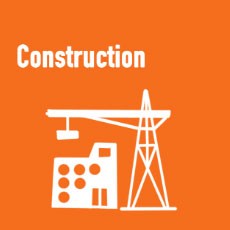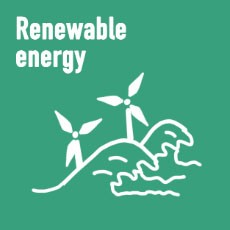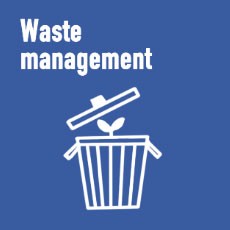Affordable and Clean Energy
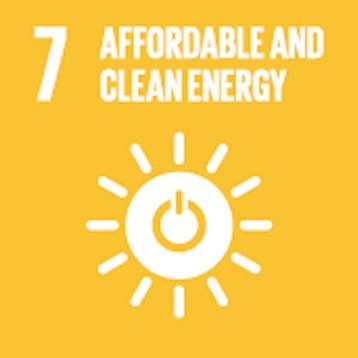
This goal promotes the use of energy efficient policies and technologies to facilitate low-carbon and low-emission practices. It also advocates for establishing easy and affordable access to renewable sources of energy for production purposes.
Concepts and case studies under SDG 7 are as follows:
Air quality

Air quality is the condition of the air around us,inside and outside. Natural processes and human activities both determine the quality of air. Good quality refers to clean, clear and unpolluted air. Poor air quality, however, has a negative impact not only on humans, but also on wildlife, vegetation, soil and water (Rinkesh, 2019). Poor air quality mainly occurs in cities or low-income countries, but it can be detected in rural areas and high-income countries too.

Roadside and maritime emissions
Renewable energy

Renewable energy refers to energy generated from sources that are naturally replenishing but flow-limited. Unlike fossil fuels, such as coal and oil, renewable energy will never run out. Renewable energy is virtually inexhaustible in duration but is limited to the amount of energy available per unit of time (U.S. Energy Information Administration, 2018). It is abundant in the environment, and can come from the sun, wind, running water, waves and biomass. Another important advantage is that renewable energy does not emit greenhouse gases or atmospheric pollutants during the process of generating electricity (GovHK, n.d.).
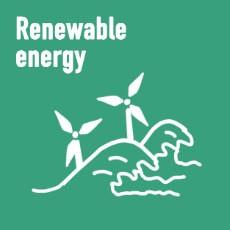
Renewable energy in Iceland and Hong Kong
Green technology

Green technology is a type of technology that is environmentally friendly. Its main purpose is to conserve nature, tackle problems related to the depletion of natural resources and to repair the negative impact of human activities, such as pollution and environmental degradation. The term ‘green technology’ is also known as ‘environmental technology’ or ‘clean technology’. These technologies are used in various aspects of our lives: from renewable energy and power storage, smart building innovations, green living technology, to smart transportation and mobility, waste management and recycling (Dasy, 2016; Babbitt, 2017).
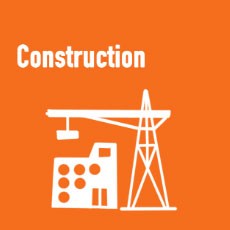
Closed-loop economy

The closed loop model is a biomimetic (life-imitating) approach, which takes nature as an example and considers that systems should work like organisms, processing nutrients that can be fed back into the cycle—hence the terms 'closed loop' or 'regenerative' used to describe it. The closed-loop economy is also called the 'circular economy' and it is an industrial system that is restorative or regenerative by design. It replaces the ‘end-of-life’ concept with restoration, shifts towards the use of renewable energy, eliminates the use of toxic chemicals, and waste by improving the design of materials, products, systems and business models (Ellen MacArthur Foundation, 2016).
Energy conservation and efficiency

Energy efficiency involves using technology that requires less energy to perform the same function. For example, a light-emitting diode (LED) light bulb or a compact fluorescent light (CFL) bulb needs less energy than an incandescent light bulb. Energy conservation, on the other hand, is any behavior that results in the use of less energy, such as turning lights off when leaving a room and recycling aluminum cans (aluminum production requires a lot energy). If we want to preserve the Earth’s resources for the future and cut costs, the conservation of energy and energy efficiency both play an important role in sustainability issues.
